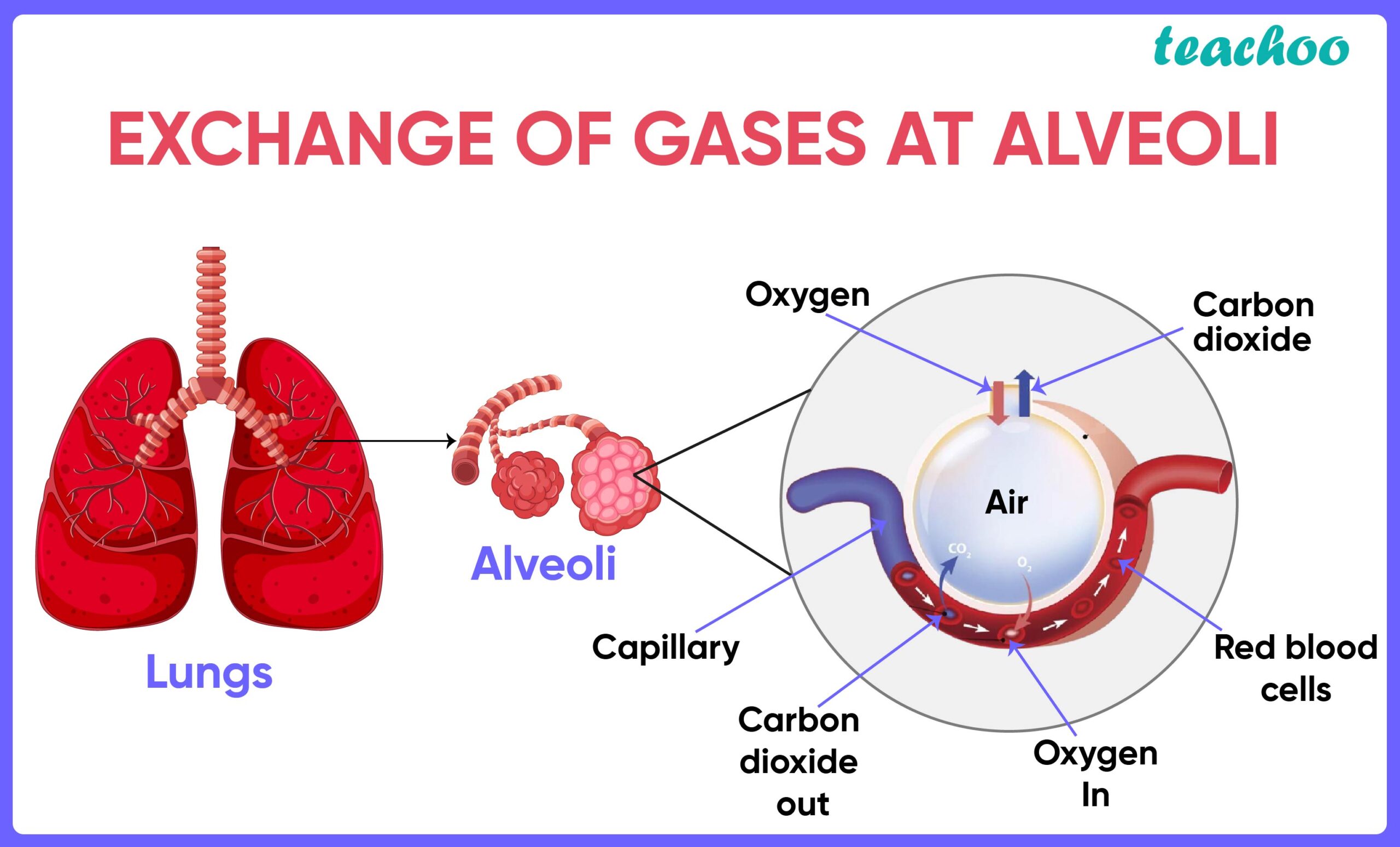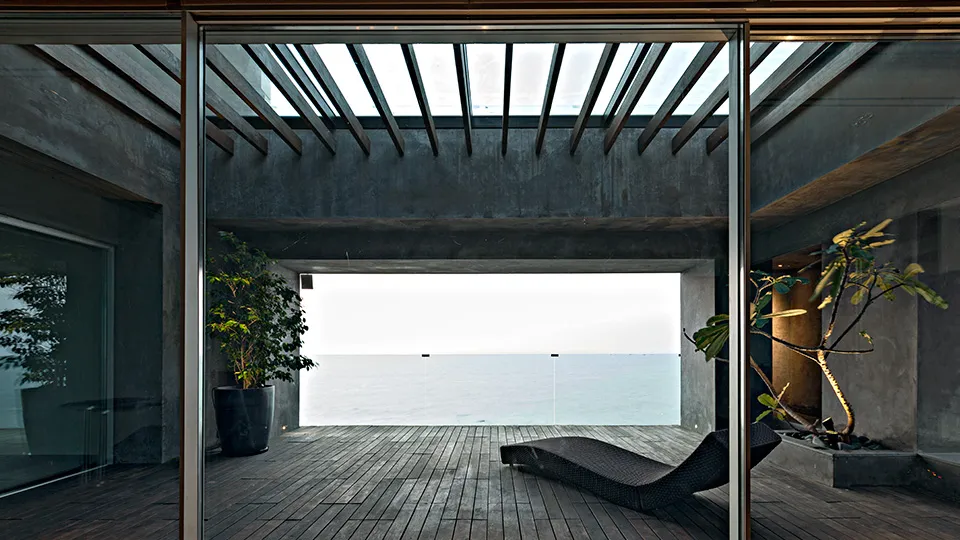
how are the lungs designed in human beings to maximize the area for exchange of gases Welcome to the marvel of human anatomy – the lungs. In this comprehensive guide, we delve into the sophisticated design of human lungs, highlighting the mechanisms that maximize the area for gas exchange. From the macroscopic structures to microscopic details, join us on a journey through the remarkable intricacies of respiratory efficiency.
how are the lungs designed in human beings to maximize the area for exchange of gases
The Respiratory System Unveiled
Embark on a journey into the respiratory system, understanding the key players responsible for efficient gas exchange. From the nose and trachea to the bronchi and bronchioles, each component plays a crucial role in the grand design.
Alveoli: Nature’s Gas Exchange Chambers
Explore the microscopic wonders known as alveoli, where the magic of gas exchange occurs. Discover how these tiny sacs maximize surface area, facilitating the transfer of oxygen to the bloodstream and the removal of carbon dioxide.
Navigating the Pathways of Air
Nasal Cavity: Filtering and Warming
Uncover the dual role of the nasal cavity – a gateway that not only filters and warms the inhaled air but also aids in optimizing the exchange surface within the lungs.
Trachea and Bronchi: Directing the Flow
Follow the respiratory pathway as we discuss the trachea and bronchi, essential conduits directing air into the lungs. Learn how their structural features contribute to efficient gas exchange.
Bronchioles: Fine-Tuning Air Distribution
Dive into the intricate network of bronchioles, responsible for fine-tuning air distribution within the lungs. Understand the significance of controlled airflow in optimizing gas exchange.
The Architectural Marvel
Diaphragm: The Respiratory Maestro
Meet the diaphragm, the unsung hero orchestrating the rhythm of breathing. Learn how its muscular contractions create changes in lung volume, enhancing the efficiency of gas exchange.
Pleura: Enveloping and Protecting
Explore the protective role of the pleura, the membrane enveloping the lungs. Understand how it reduces friction, preventing discomfort during respiratory movements and contributing to optimal lung function.
How Are the Lungs Designed in Human Beings to Maximize the Area for Exchange of Gases?
Capillaries: Collaborating with Alveoli
Discover the partnership between alveoli and capillaries, where oxygen and carbon dioxide engage in a delicate dance. Unravel the mechanisms ensuring swift and effective gas exchange between the lungs and bloodstream.
FAQs About Lung Design
Q: Can smoking affect the efficiency of lung design? Explore the detrimental effects of smoking on lung efficiency and learn how it hampers the optimal design for gas exchange.
Q: Is physical exercise beneficial for maximizing lung efficiency? Delve into the positive impact of regular physical activity on lung health and its role in enhancing the efficiency of gas exchange.
Q: How does age influence lung efficiency? Understand the age-related changes in lung structure and function, exploring how these factors impact the efficiency of gas exchange.
Q: Can environmental factors affect lung design? Explore the role of environmental factors in shaping lung health and learn how external conditions can influence the optimal design for gas exchange.
Q: What role does hydration play in lung efficiency? Uncover the connection between hydration and lung function, discovering how adequate water intake contributes to the optimal design for gas exchange.
Q: Are there natural remedies to enhance lung efficiency? Explore holistic approaches and natural remedies that can positively impact lung health, contributing to the maximized design for gas exchange.
how are the lungs designed in human beings to maximize the area for exchange of gases Conclusion:
how are the lungs designed in human beings to maximize the area for exchange of gases In conclusion, the intricate design of human lungs showcases nature’s brilliance in optimizing the area for gas exchange. From the macroscopic structures to the cellular intricacies, every component plays a vital role. Understanding this design not only enhances our appreciation for the complexity of the human body but also emphasizes the importance of maintaining lung health for overall well-being.








